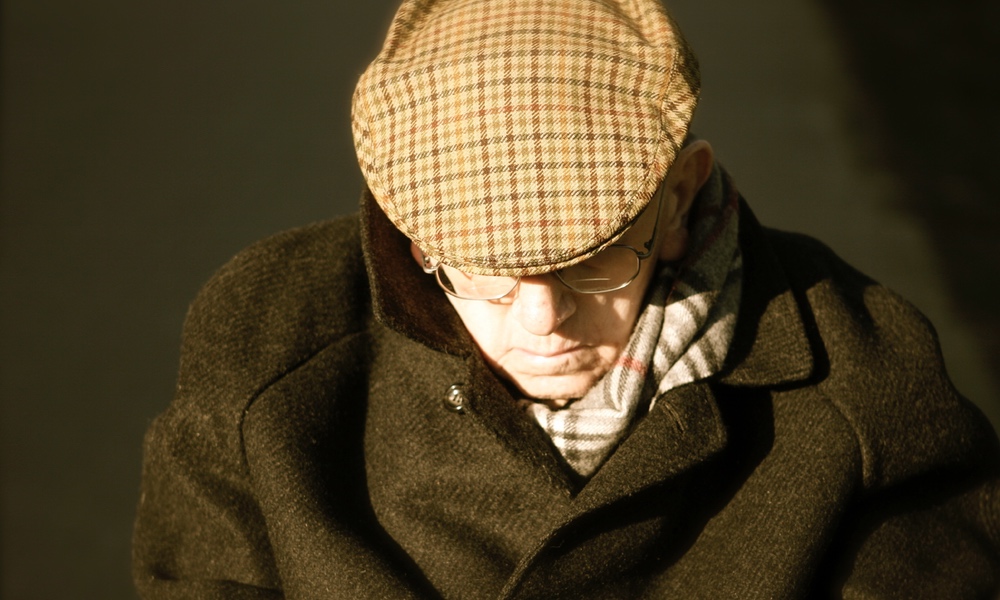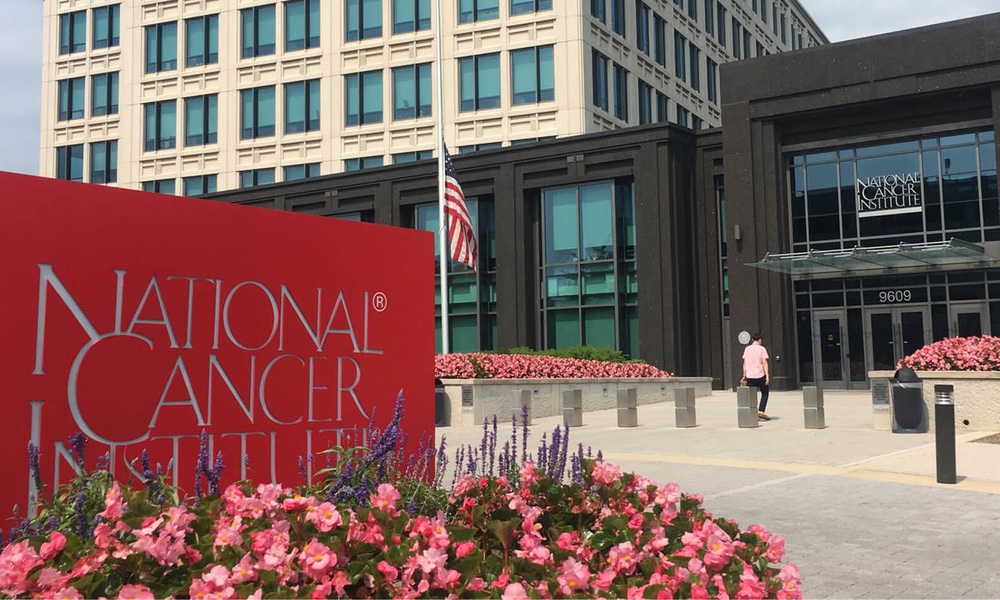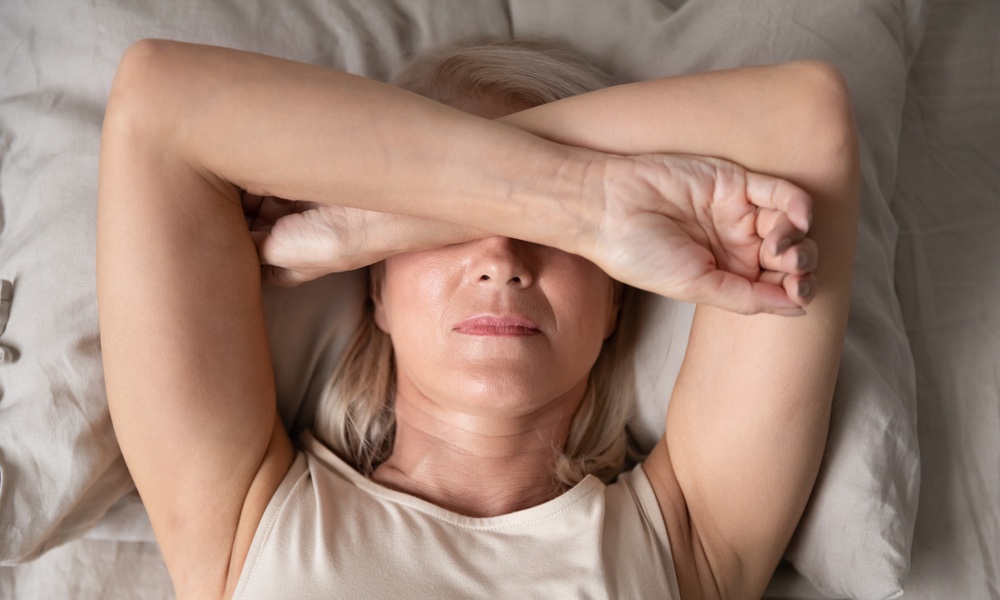It's hard to start the day when it's dark outside — it can add a touch of gloom to anyone's life, but for some people, the change in seasons is more serious, triggering a type of depression known as seasonal affective disorder or SAD. Spending time in bright light from a light box has become the standard therapy for people with SAD. But a new study suggests that long-run talk therapy works even better than light therapy.
While effective in the short term, the study authors see light therapy as only a temporary solution.
“Light therapy is a palliative treatment, like blood pressure medication, that requires you to keep using the treatment for it to be effective,” lead author Kelly Rohan said in a statement. Many find waking up and exposing themselves to light therapy 30 minutes to an hour every day, for what may be in dark states up to five months a year, burdensome, she said.People with SAD will have to face many winters and learning strategies to cope with winter's gloom may work better in the long run than the temporary relief that light offers.
The study compared light therapy to a special form of CBT that taught people with seasonal affective disorder to challenge their negative thoughts about the dark winter months and resist the behaviors, like social isolation and hibernation, that these thoughts can produce.
During the first winter the treatments were administered, there was substantial improvement by all and little difference between the two groups. This was also true during the next winter.
But two winters down the road, 46% of those who had received light therapy reported a recurrence of symptoms, compared with 27% of those in the CBT group. Depressive symptoms were also less severe in the CBT group.
Only 30% of the people in the light therapy group were still using their light box two years after the study's start.
While light therapy was effective, it only works if people actually use the light box.
When a child falls off a bike and skins their knee, it's important to treat the knee, but it's also important to get the child back on the bike again, otherwise they'll never learn how to ride one. People with SAD will have to face many winters and learning strategies to cope with winter's gloom may work better in the long run than the temporary relief that light offers.
The study is published in the American Journal of Psychiatry.





